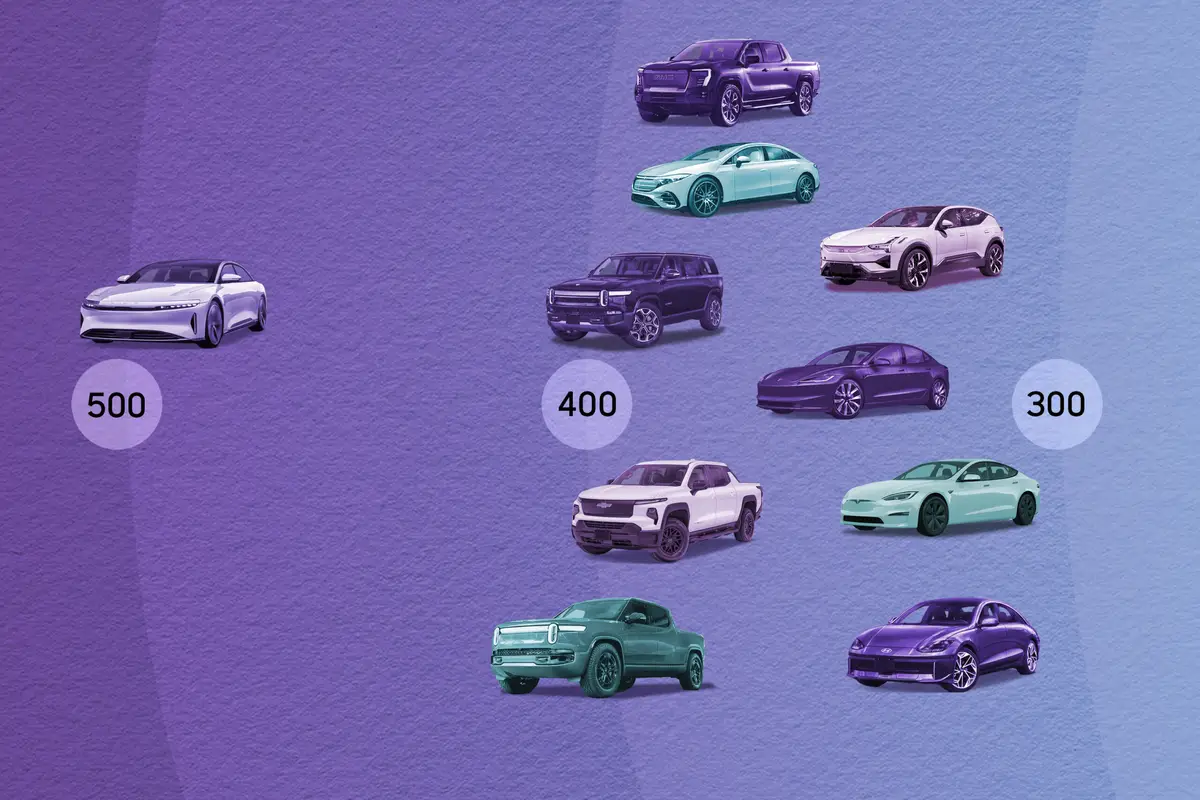washingtonpost.com's view
I’VE LONG regarded Honda vehicles as overpriced and overrated. But my bias is fading.
It’s not so much a change of heart as it is an acknowledgment of reality: Honda makes good vehicles, and it’s finally beginning to sell them at prices that seem reasonable.
Anyone doubting that should take a look at Honda’s 1997 CR-V, a mini sport-utility vehicle that goes on sale in the United States this fall.
If you can’t take a look because your dealer doesn’t have one available, take a chill pill. Wait until you get a chance to drive the CR-V before you buy anything else in its product category.
Delayed gratification, in this case, could leave you smiling for years.
Background: The Honda CR-V is the latest of the mini sport-utes, a subgroup of a rapidly growing automotive segment that includes giant haulers such as the Chevrolet Suburban, luxury runners such as the Toyota Land Cruiser and Land Rover/Range Rover 4.6 HSE, and mid-size sport-utes such as the Jeep Cherokee Sport, Ford Explorer, Chevrolet Blazer and Isuzu Rodeo.
Those bigger sport-utes are designed to go almost anywhere and pull almost anything, though most of their owners seldom take them beyond the confines of regulated highways and infrequently haul anything larger than a load of Saturday groceries.
Thus we have the mini class — tiny sport-utes that are more fuel efficient and suitable for urban commuting than their larger brethren, but which offer considerably more versatility than the average family sedan.
Suzuki started the mini sport-ute trend in 1986 with the introduction of its brutish but highly reliable Samurai, which garnered a small, loyal consumer following.
Mitsubishi’s Expo LRV, introduced in 1992, was intended to gain a wider audience for small sport-utes. But it flopped, largely because Mitsubishi’s marketers tried to pass it off as a minivan.
Suzuki came back this year with its X-90, a sophisticated remake of the Samurai. X-90/Samurai sales improved 322 percent in the first four months of this year. But hold the celebration. That improvement translates to 1,461 sold in the first quarter versus 346 sold in the same period last year.
Toyota had a better idea — the RAV4, a true-blue mini sport-ute introduced this year. But many consumers are complaining that the RAV4’s popularity has sent its actual transaction prices through the roof, soaring as high as $24,000 in some cases, which they say undermines the RAV4’s appeal as a mini sport-ute deal. Toyota officials acknowledge that RAV4 prices can go as high as $25,000, but they say that escalation largely is a result of added equipment, not dealer markup.
Now comes the CR-V — and Toyota and everybody else had better take note. This is going to be a market buster, especially if Honda keeps its promise and prices the CR-V under $20,000. I drove the Japanese market version of the CR-V, which means its steering wheel was on the right-hand side. Didn’t matter. The danged thang was so well-made, so perfectly balanced, I didn’t want to give it back.
Honda’s marketers say the CR-V “has it all,” and I wholeheartedly agree. It handles better than anything I’ve driven in the mini sport-ute group, including the estimable RAV4. Also, the CR-V is longer, wider, and higher (floor to roof) than the RAV4, carries more cargo than the RAV4 (27.5 cubic feet compared with the RAV4’s 26.8 cubic feet), and it has a gutsier engine.
The CR-V is equipped with a 2-liter, 4-cylinder, 16-valve, double overhead-cam engine rated 130 horsepower at 5,500 rpm with torque rated 135 pound-feet at 4,300 rpm. By comparison, the RAV4 is equipped with a 2-liter, 4-cylinder, 16-valve, double overhead-cam engine rated 120 horsepower at 5,400 rpm, with torque rated 125 pound-feet at 4,600 rpm.
Standard CR-V equipment includes automatic four-wheel-drive, dual front air bags and an electronically controlled, four-speed automatic transmission. Anti-lock brakes are optional.
Complai ts: None at the moment. I’ll take a closer look when the U.S. market version arrives.
Praise: Honda has one-upped Toyota. Even the CR-V’s seats beat those in the RAV4, which are uncomfortably firm. The CR-V’s seats are firm, but comfortable.
Head-turning quotient: Replaces the RAV4 as the cutest vehicle in the small, multipurpose vehicle segment.
Ride, acceleration and handling: Beats the RAV4, formerly the cream of the mini sport-ute segment, in all three categories. Braking was excellent.
Mileage: Comparable to the RAV4 in our previous testing. About 24 miles per gallon (15-gallon tank, estimated 352-mile range on usable volume of regular unleaded), running with one to two occupants and light cargo.
Sound system: Electronically controlled AM/FM stereo radio and cassette with four speakers. Installed by Honda. Decent.
Price: Official CR-V prices were unavailable for this report. But Honda officials insist that the vehicle will have a base price of under $20,000. We’ll see. By comparison, the “price as tested” for the comparable RAV4 came in at $22,388, including $3,870 for options and a $420 destination charge. Full CR-V pricing, including dealer’s invoice, will be reported at a later date.
Purse-strings note: Highly competitive. Should be on the lists of all mini sport-ute shoppers.
Latest news



